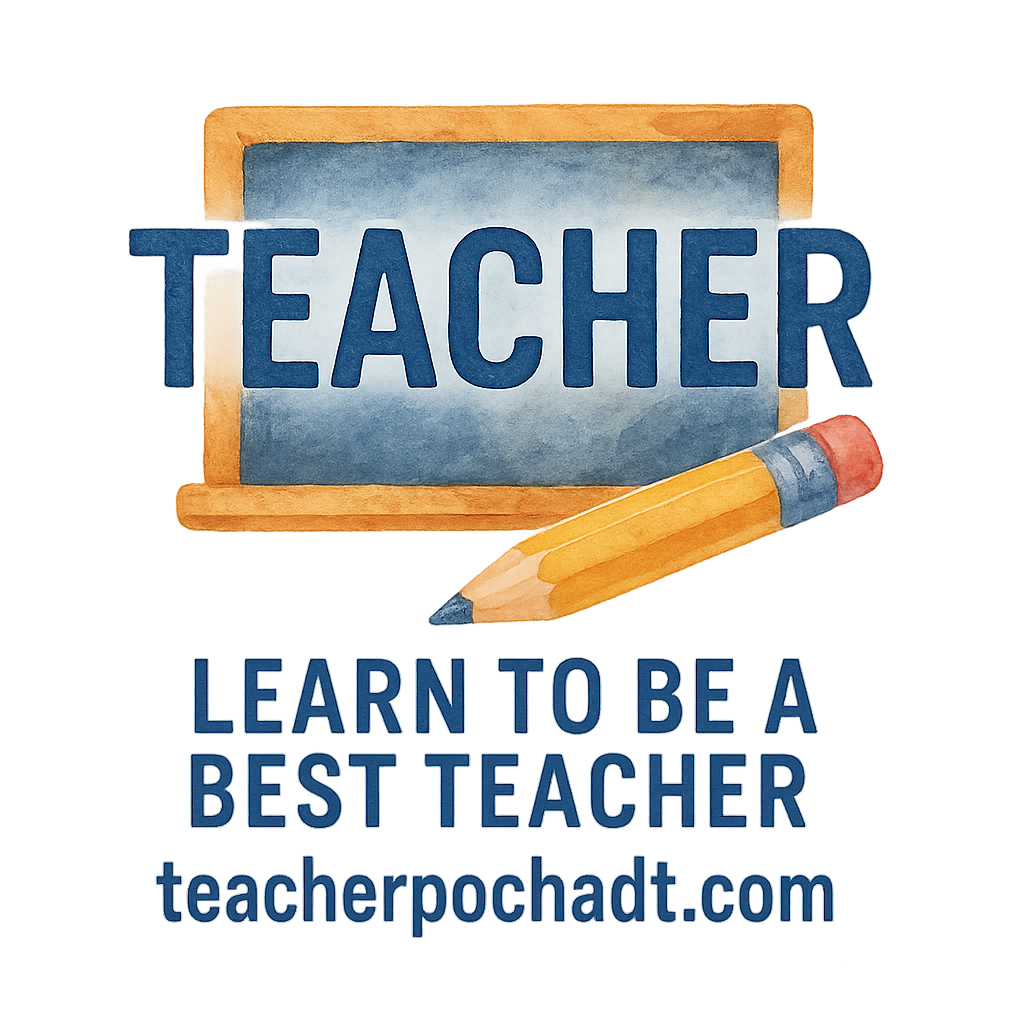Introduction
Smartboards are transforming the way we teach, making classrooms more interactive, engaging, and modern. As an innovative teaching tool, smartboards offer a new way to present lessons and interact with students. Gone are the days of chalkboards and dry lectures—today’s classrooms are dynamic and high-tech. If you’re a teacher looking to incorporate this tool into your lessons, you’re in the right place. In this article, we’ll explore nine exciting smartboard activities that will captivate your students and elevate their learning experience.
Whether you’re an experienced tech user or just beginning to incorporate smartboards, these activities will help you create engaging, interactive lessons. Ready to dive in? Let’s get started!
What is a Smartboard?
Before we explore the activities, let’s quickly break down what a smartboard is. A smartboard is an interactive whiteboard connected to a computer that allows both teachers and students to interact with the display using touch gestures. This technology brings multimedia into the classroom, making it a powerful tool for visual learning, collaboration, and creativity. Whether it’s presenting a lesson, conducting a quiz, or showing videos, smartboards offer endless possibilities for enhancing the learning experience.
Benefits of Smartboards in the Classroom
Using a smartboard brings numerous benefits that can positively impact both teachers and students. These include:
Enhances Student Engagement
One of the primary reasons smartboards are gaining popularity is their ability to engage students. Traditional teaching methods can often make students passive recipients of knowledge, but smartboards turn them into active participants. By allowing students to interact directly with the board, you can keep them more engaged and motivated. For more on how to keep students engaged, check out student engagement strategies.
Encourages Collaborative Learning
Smartboards promote collaborative learning. Whether students are working together on a problem or brainstorming ideas, the interactive features of a smartboard encourage teamwork. Collaboration fosters communication, problem-solving, and creative thinking—skills that are essential in today’s world. If you’re interested in more collaborative techniques, visit our page on classroom management.
Activity #1: Interactive Quizzes
Quizzes are an excellent way to gauge student comprehension and reinforce learning. Using the smartboard for quizzes adds an interactive element that makes the process more engaging.
Creating Multiple-Choice Quizzes
With a smartboard, you can create and display multiple-choice quizzes. There are many apps and tools available that allow you to set up interactive quizzes where students can select answers directly on the board. This feature allows for immediate feedback, which helps reinforce correct answers and clarify misunderstandings. For more tips on managing quizzes in the classroom, check out our teaching skills section.
Real-Time Feedback
The beauty of interactive quizzes is the real-time feedback they provide. Students get immediate results after answering, which helps them learn from their mistakes. It creates a positive feedback loop that encourages them to keep improving.
Activity #2: Virtual Field Trips
Smartboards give you the unique opportunity to take your students on virtual field trips to explore the world without leaving the classroom. This opens up learning experiences that would be impossible with traditional methods.
Immersive Learning with Maps and Videos
Using smartboards, you can display detailed maps and videos that take your students on a virtual journey. Imagine taking them on a tour of the ancient pyramids of Egypt or showing them live footage from a volcanic eruption. This form of immersive learning brings abstract concepts to life, and it’s a powerful way to deepen students’ understanding.
Connecting Students to Historical Events
History comes alive with smartboards. For example, you can show historical footage or diagrams to explain significant events. This visual approach enhances students’ connection to history and helps them grasp complex events better. Learn more about building historical knowledge in our classroom culture page.
Activity #3: Collaborative Brainstorming
Brainstorming is crucial for generating ideas, and smartboards make this process more efficient and engaging. This activity can be used in a variety of subjects to help students organize and develop their ideas.
Visualizing Ideas Together
Use the smartboard to create a digital brainstorming space where students can add their ideas. Whether you’re brainstorming for a writing assignment, a group project, or a problem-solving session, this collaborative space helps students see and interact with each other’s ideas. Want to explore more about creative thinking? Check out our tips on classroom control.
Organizing Ideas with Mind Maps
Mind maps are a great tool for organizing complex concepts. On the smartboard, students can work together to create visual mind maps that break down larger topics into manageable pieces. This is particularly useful for subjects like science, literature, or even social studies.

Activity #4: Digital Storytelling
Storytelling is an age-old educational tool, but with smartboards, you can take it to the next level. Students can create, edit, and present their own digital stories, incorporating multimedia like images, videos, and sound.
Incorporating Multimedia
Allow students to add images, video clips, sound effects, and text to their stories, all using the smartboard. This not only makes storytelling more engaging but also teaches students how to use technology creatively. For more on creative activities in the classroom, visit our page on fun teaching.
Student-Led Presentations
Students can take the reins and present their digital stories to the class, showcasing their creativity and honing their presentation skills. This promotes confidence and encourages peer-to-peer learning.
Activity #5: Interactive Whiteboard Games
Turn learning into a game! With smartboards, you can turn lesson content into fun and interactive games that students will enjoy while learning.
Game Templates for Smartboards
Many smartboard apps offer built-in templates for educational games. You can create games based on the lesson, whether it’s a trivia contest, a puzzle, or a matching game. The interactive nature of these games makes learning fun and memorable.
Engaging Students with Educational Games
Interactive games encourage active participation, making lessons more exciting. Students can compete against each other, work in teams, and enjoy the process of learning while having fun. Want to explore other exciting teaching ideas? Check out teaching ideas.
Activity #6: Collaborative Writing Projects
Writing can be a solitary activity, but with a smartboard, students can collaborate in real-time, enhancing the process and improving their collective work.
Real-Time Group Writing
Create a shared document on the smartboard where every student can contribute to the writing project. This encourages collaboration and ensures everyone’s input is considered, helping students develop writing skills and teamwork abilities. For tips on group work, read more about classroom harmony.
Peer Review with the Smartboard
The smartboard also facilitates peer review sessions. Students can read each other’s work, provide feedback, and edit collaboratively. This helps build critical thinking and writing skills while fostering a sense of community within the classroom.
Activity #7: Math Problem Solving
Math can be challenging for many students, but the smartboard allows for hands-on problem-solving that brings abstract concepts to life.
Visualizing Equations
On a smartboard, you can write and manipulate equations, draw graphs, and highlight important steps in problem-solving. This visual approach helps students understand math in a way that traditional paper-and-pencil methods can’t achieve.
Interactive Math Challenges
Set up interactive math challenges where students can solve problems directly on the board. This adds a competitive edge and encourages students to actively participate. For more math-related strategies, explore our page on behavior tips.
Activity #8: Language Learning Activities
Smartboards are an excellent tool for language learning. With their interactive capabilities, students can practice vocabulary, pronunciation, and grammar in engaging ways.
Vocabulary Games
You can create vocabulary games that help students reinforce new words. Use the smartboard to display images or video clips and ask students to match them with the correct word. This method is effective for all ages and can be customized based on the students’ proficiency level.
Language Practice with Audio/Visual Tools
Language practice is enhanced when students can hear and see the language in use. Use the smartboard to show videos or play audio clips that feature native speakers, and let students interact with the material. For tips on language development, visit our growth and development page.
Activity #9: Science Experiments and Demonstrations
Science is all about experimentation, and while you can’t always perform hands-on experiments in the classroom, the smartboard offers virtual simulations that allow students to experience science in action.
Visualizing Scientific Concepts
From the solar system to chemical reactions, the smartboard can display detailed, interactive visuals of scientific concepts. This helps students visualize what they’re learning, enhancing their understanding.
Virtual Labs and Simulations
When a hands-on experiment isn’t possible, use virtual labs to give students the experience of conducting experiments. This is particularly useful in subjects like chemistry, physics, and biology.
Conclusion
Smartboards are an invaluable teaching tool that can significantly enhance the classroom experience. By incorporating smartboard activities into your lessons, you not only make learning more engaging but also provide your students with the opportunity to interact, collaborate, and think creatively. Whether you’re conducting virtual field trips, solving math problems, or telling digital stories, there’s a smartboard activity for every subject. So why wait? Start exploring the world of smartboards today and revolutionize your teaching methods!
FAQs
- What is the best way to introduce smartboard activities to my students?
Start with easy activities like interactive quizzes or games, and gradually introduce more complex tasks as students get comfortable with the technology. - Can I use a smartboard without an internet connection?
Yes! Many smartboard features can be used offline, including drawing, writing, and organizing ideas on the board. - How can I make math lessons more engaging using a smartboard?
Use visual aids like graphs, equations, and interactive challenges to demonstrate math concepts on the smartboard. - Can I customize the activities on my smartboard?
Absolutely! You can customize quizzes, games, and templates to suit your lesson plan and students’ needs. - Are there any free apps for smartboard activities?
Yes, there are many free apps for smartboards, including Google Jamboard and SMART Notebook, that offer great functionality for teachers. - How can smartboards promote collaborative learning?
By allowing multiple students to interact with the board at the same time, smartboards facilitate teamwork and collective problem-solving. - What subjects work best with smartboard activities?
While smartboards can be used for any subject, they are especially useful in science, math, history, and language arts lessons.
Tanya ChatGPT


